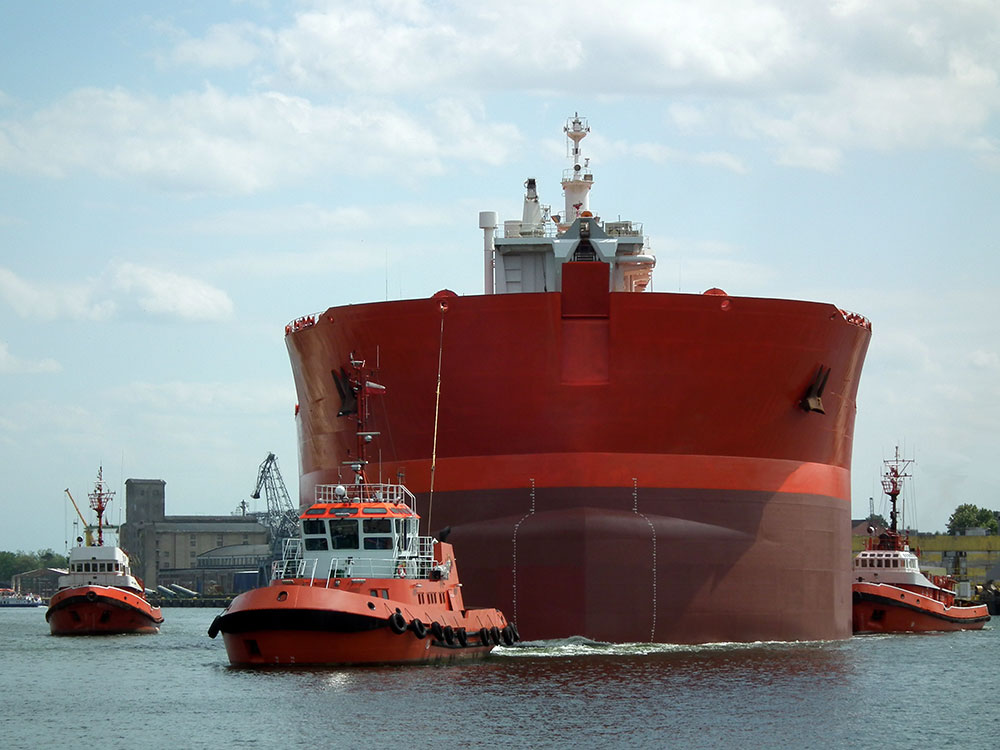Disclaimer: The information on our website is provided for general information purposes only. We make no representations or warranties of any kind, express or implied, about the completeness, accuracy, reliability, suitability or availability with respect to the website or the information contained on our website for any purpose. Any reliance on such information is therefore strictly at your own risk and we are not liable for any damages or losses arising out of or resulting from your reliance on any information contained on our website.
Ship pilots safely navigate marine vessels into or out of harbors, sounds, straits, bays, rivers, or lakes. They specialize in the knowledge of weather, tides, water depths, local winds, currents, and marine traffic to navigate a ship or vessel safely. Pilots may operate a pilot boat, such as a tug boat that guides the ship safely inland, or board an inbound vessel to navigate it safely into the harbor by climbing a ladder off the side of the vessel. Other times, they may need to board the ship via helicopter.
Watch a video to learn what a ship pilot does:
Job Description of a Ship Pilot
Ship pilots typically consult weather reports, maps, charts, and navigational equipment to plot and direct a ship’s course. They determine the speed and course of the vessel depending on water depths, currents, local winds, weather, and tides. Along with steering ships, they also serve as the docking master when arriving at a port or harbor. A pilot will set the ship’s course to safely avoid hazards such as reefs or outlaying shoals by using their navigational skills, buoys, or lighthouses. The pilot also directs crew members to provide any assistance necessary. They must ensure all safety operations are performed and report any violations of state or federal pilotage laws.
Ship Captain, Mates, and Pilots Career Video Transcript
Seafaring is not just a career, it’s a lifestyle. Captains, mates, and ship pilots spend their days on the water on vessels of all sizes, on inland lakes and rivers, as well as the open sea. The captain is responsible for every aspect of the voyage and vessel. They set course and speed, direct crew members, and ensure that proper procedures are followed, keeping logs and records of the ship’s movements and cargo, and supervising the loading and unloading of cargo and passengers. Mates are the captain’s “right hand.” They manage and train the deck crew, inspect and maintain inventory of equipment, and order needed repairs. They stand watch, oversee ship operations, and navigation when the captain is not on duty.
Pilots are responsible for steering ships in and out of berths, through hazardous conditions, and boat traffic. They motor out from harbor as a ship approaches, then climb aboard to take charge and safely berth the ship. Life aboard ship requires that one must be in good physical condition to tolerate the extremes of weather and irregular hours, and to be ready to respond to unexpected danger. Captains and ship pilots are expected to have vocational training or an associate’s degree, while mates often have a high school diploma. All require experience onboard ships. Licensing by the Coast Guard is required for work on ships registered in the U.S. If you can’t resist the call of the sea, you might set sail for a nautical career.
Article Citations
National Center for O*NET Development. 53-5021.03. O*NET OnLine.
The career video is in the public domain from the U. S. Department of Labor, Employment and Training Administration.

